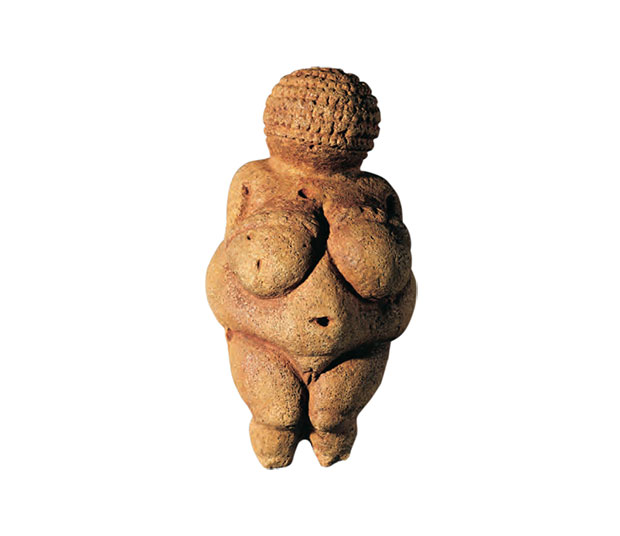
Facebook censors The Venus of Willendorf
The tech giant has deemed this 30,000-year-old sculpture 'pornographic'
It's possible to live stream a murder on Facebook but not post a picture of a 26,000 year-old statue of a naked woman. The tech giant has deemed an image of The Venus of Willendorf uploaded by the Italian arts activist Laura Ghianda, "pornographic". This clay figurine, one of the oldest surviving examples of Paleolithic, prehistoric art dates back to 24000-22000BC.
Some had thought Facebook's ability to distinguish between valid art and censure-worthy porn had evolved a bit since it clarified its official policy in 2015, allowing users to post “photographs of paintings, sculptures, and other art that depicts nude figures”.
Naturally, to that end, we were kind of hoping the tech behemoth might spend some of its $500 billion on some of our fantastic art books - maybe Art of the Erotic for example in a bid to sharpen its art history knowledge.
After all, this pre-historic totem, discovered in 1908 on the site of a nomadic settlement on the banks of the river Danube in Austria near the village of Willendorf, seems pretty uncontentious - to us anyway.

Here's how we describe it in Body of Art: "There were never any feet and the figure cannot stand independently, but unlike most Venuses it does possess hands. Venus figurines like this held a fascination in the early twentieth century for Pablo Picasso, who kept replicas in his studio.”
The Naturhistorisches Museum in Vienna also tried to appeal to Facebook, claiming that “There has never been a complaint by visitors concerning the nakedness of the figurine.”
“There is no reason to cover the Venus of Willendorf and hide her nudity, neither in the museum nor on social media,” Christian Koeberl, the director of Naturhistorisches Museum said. Let's hope she can find a decent home within the social media landscape soon.
For more on corporeal art, both ancient and modern get Body of Art; for more highly sexed works of great art get Art of the Erotic.